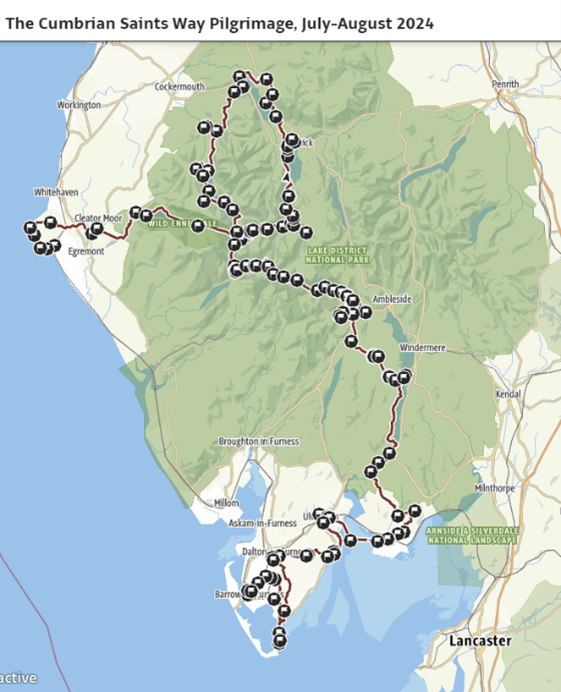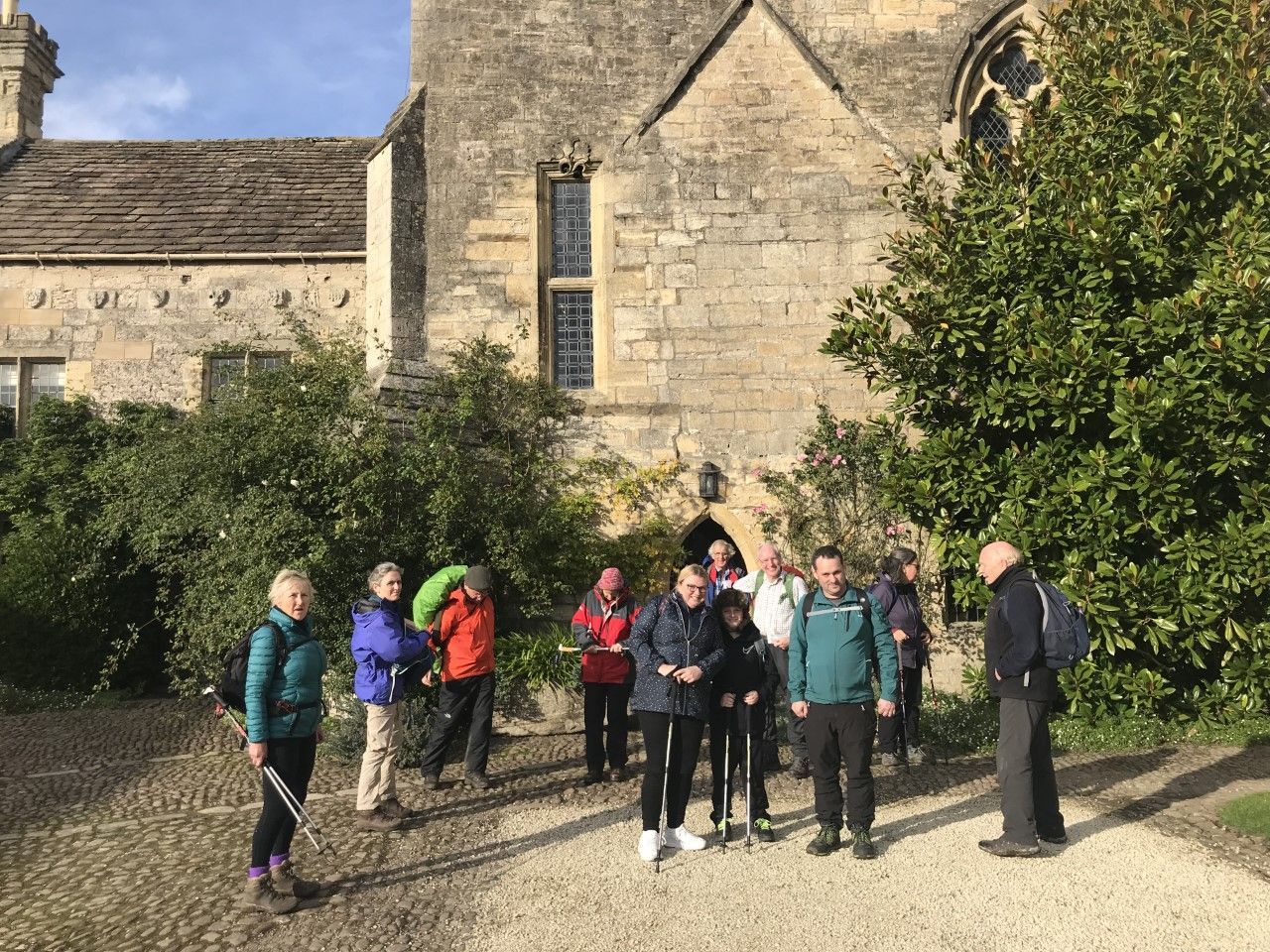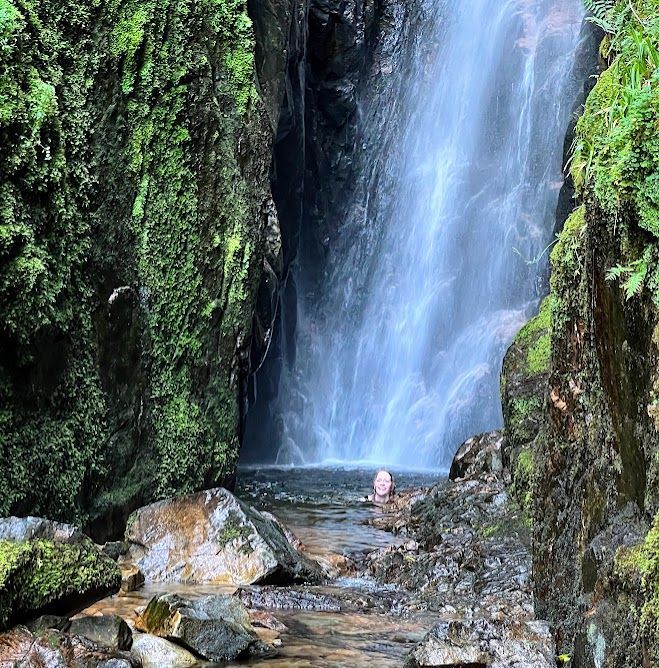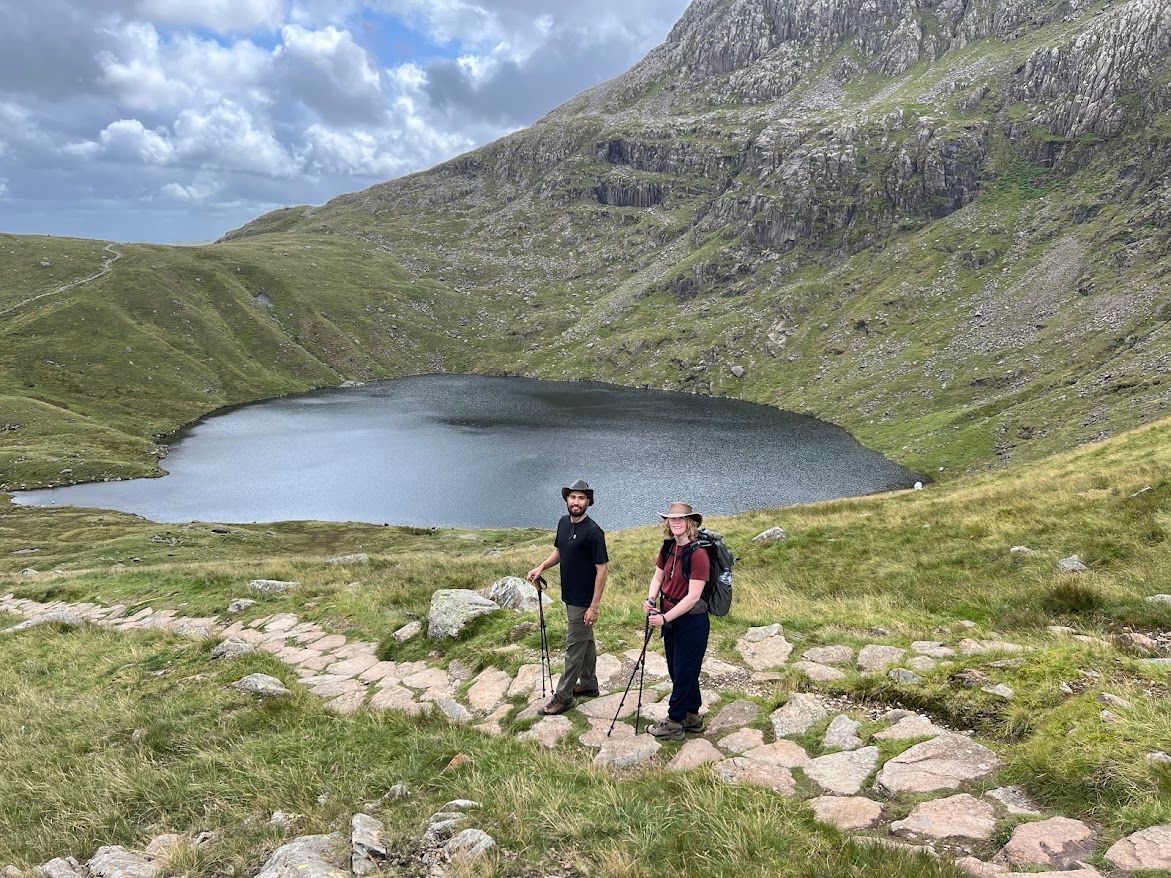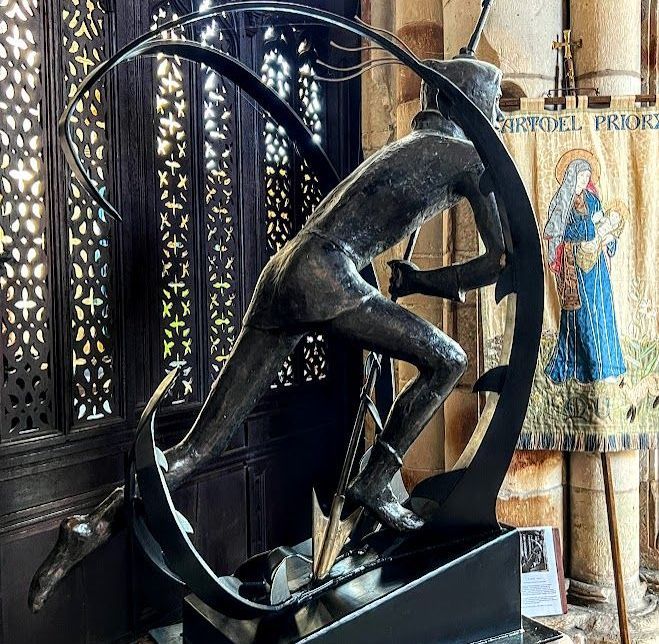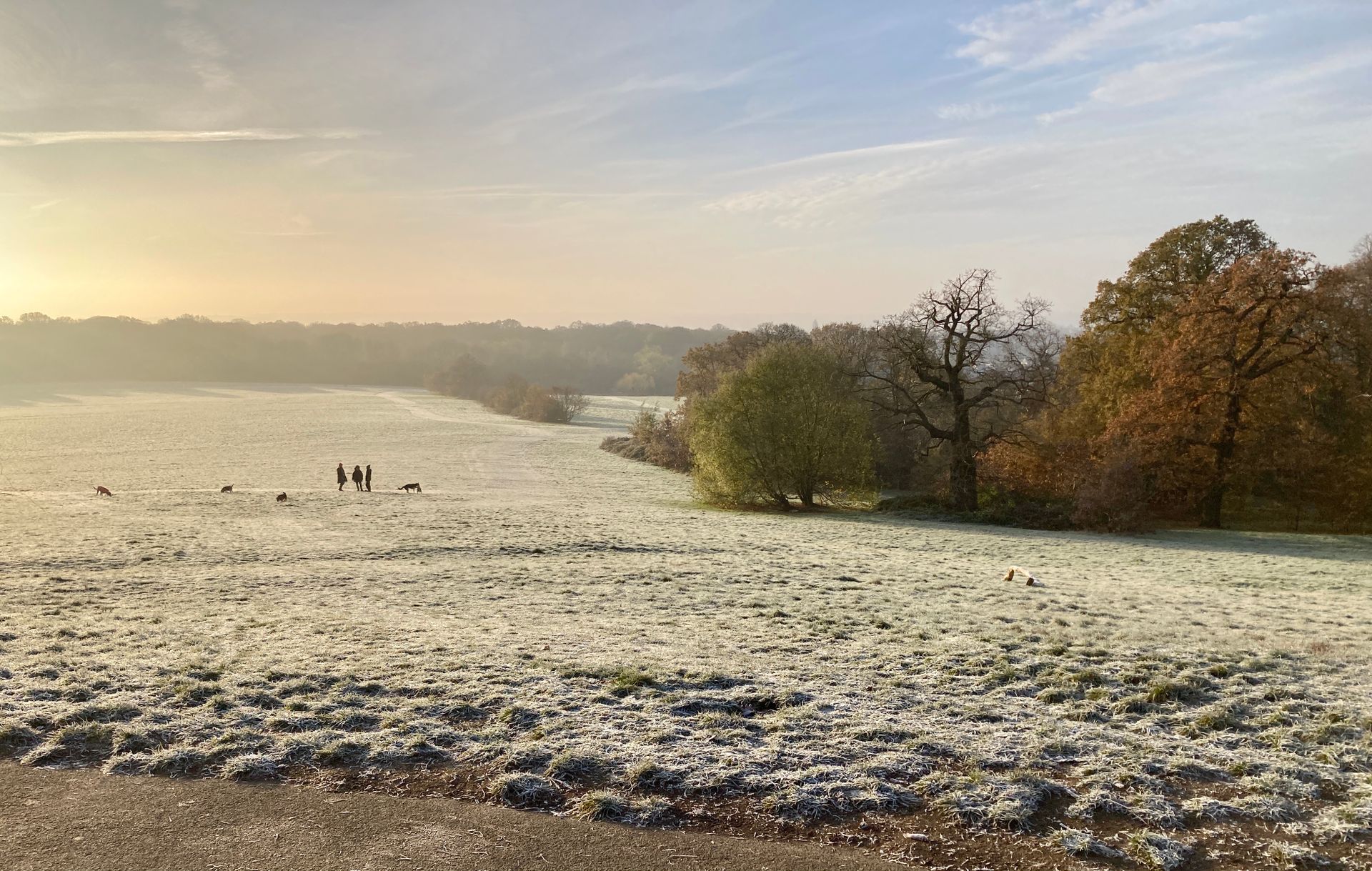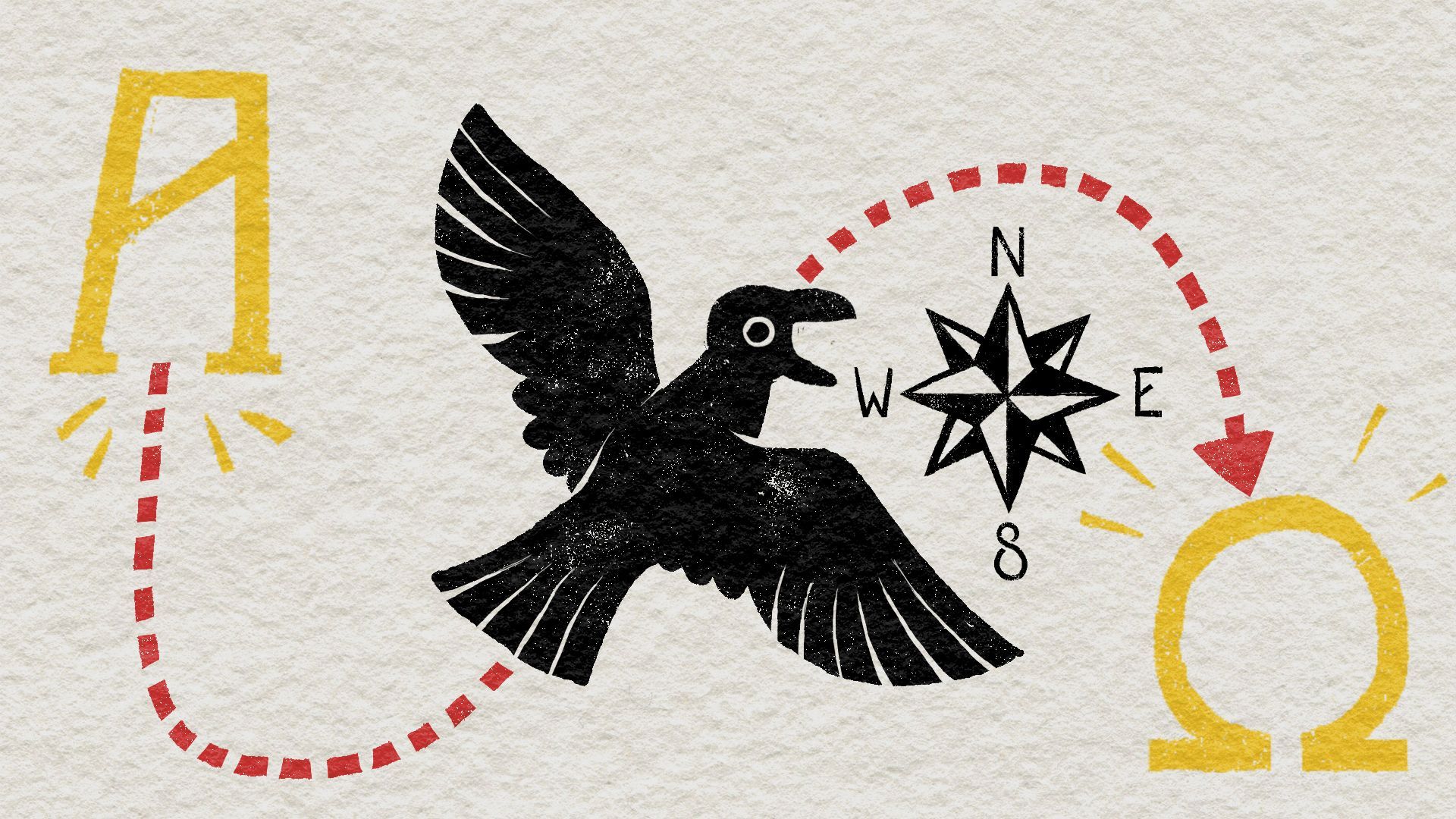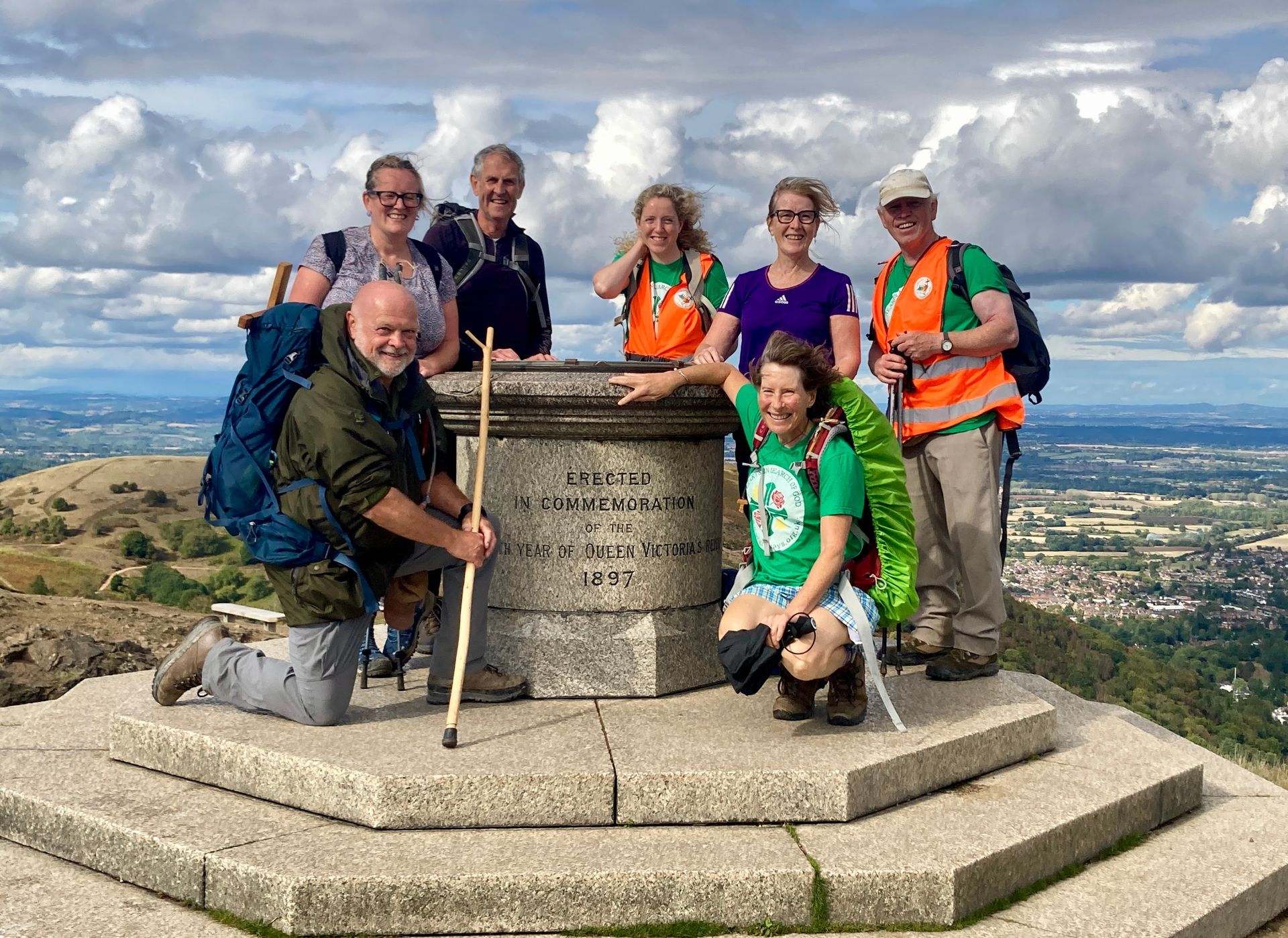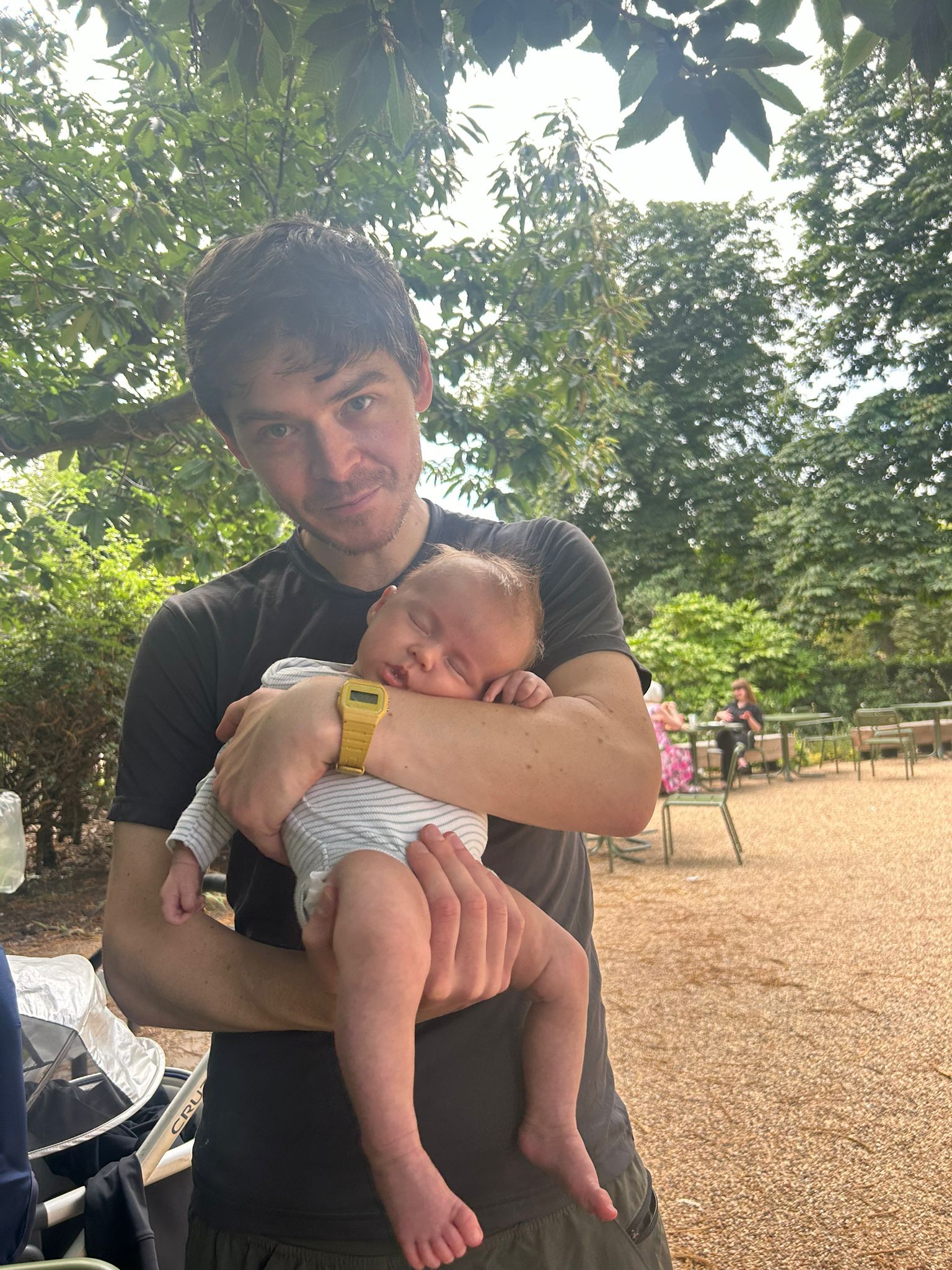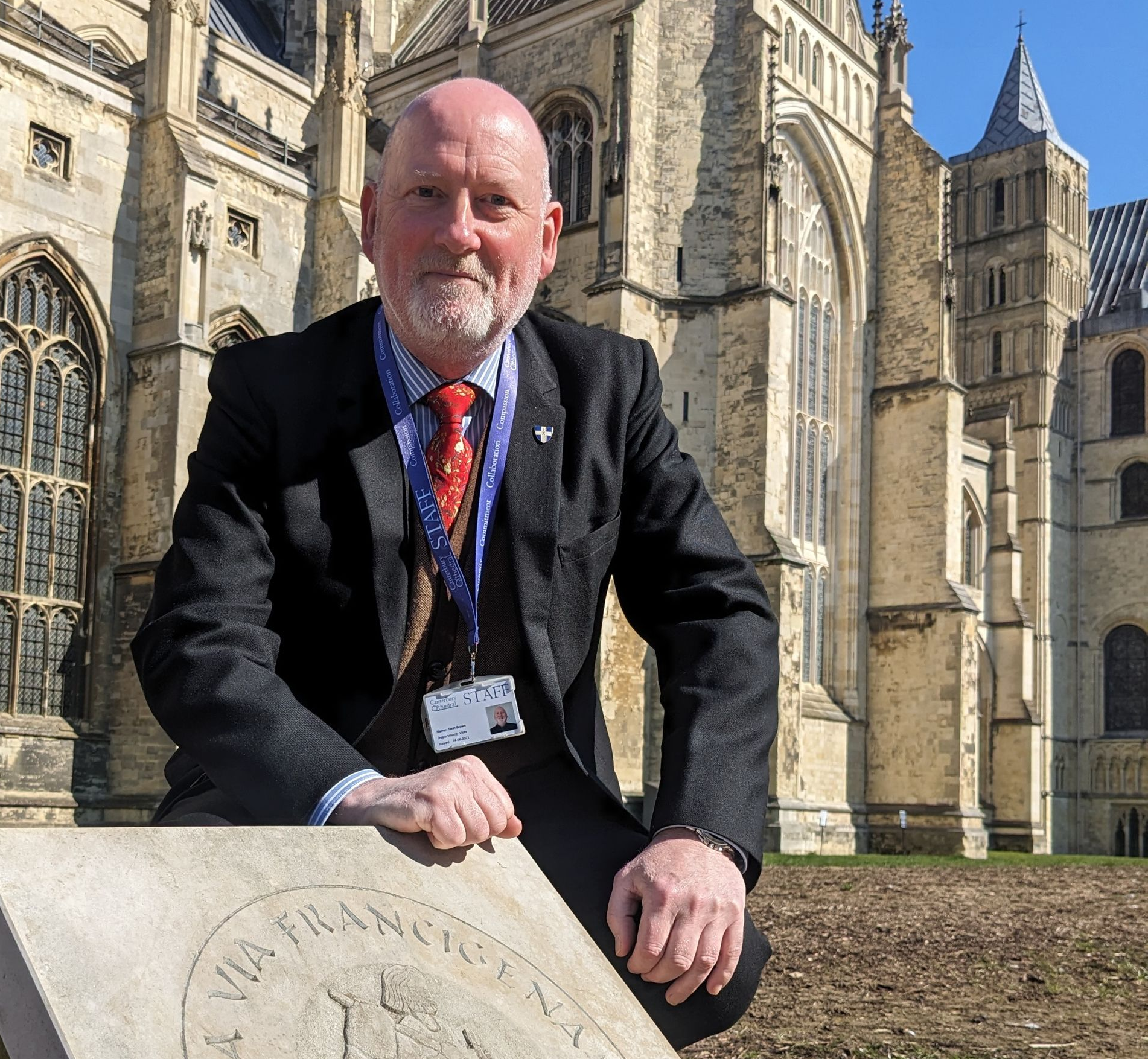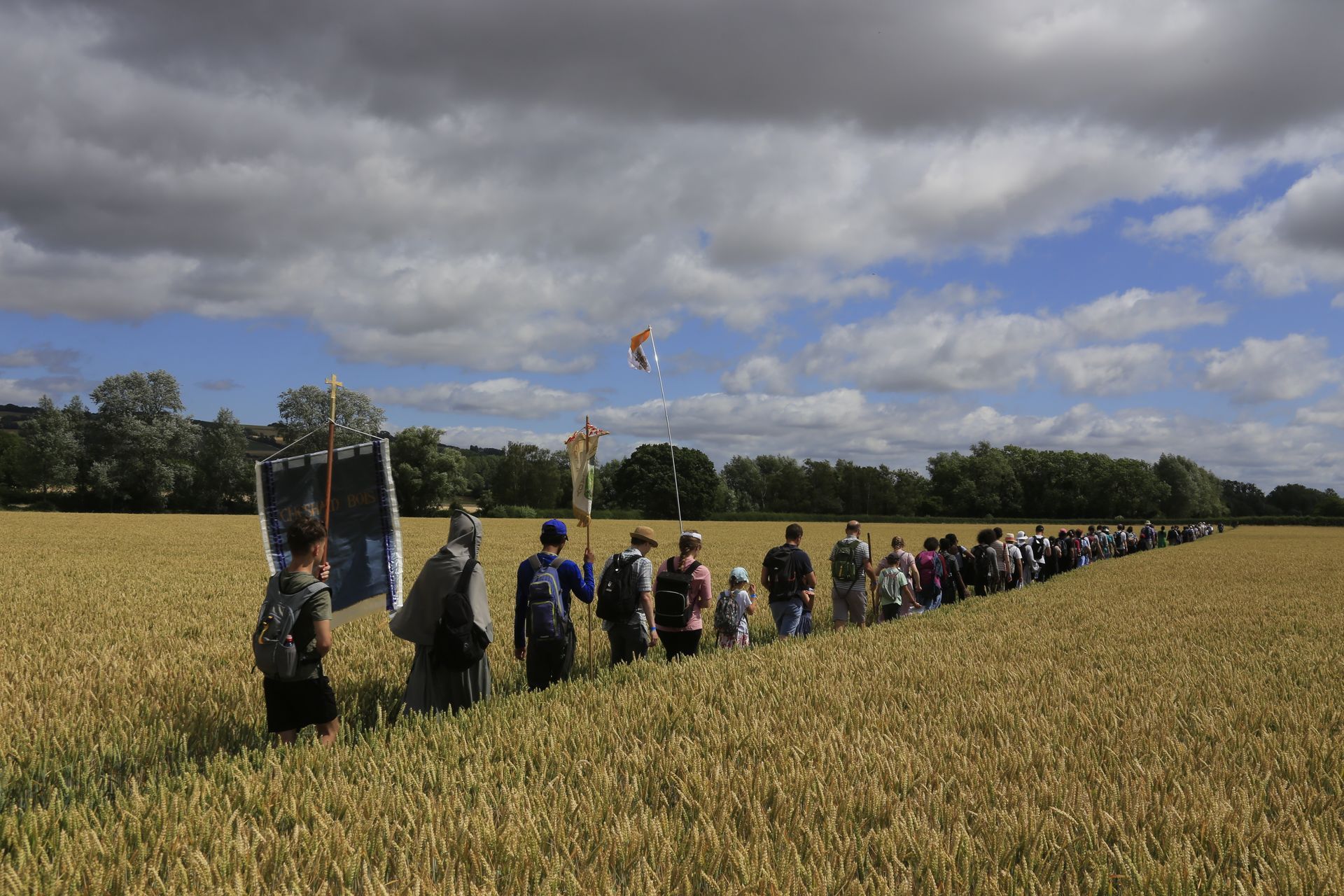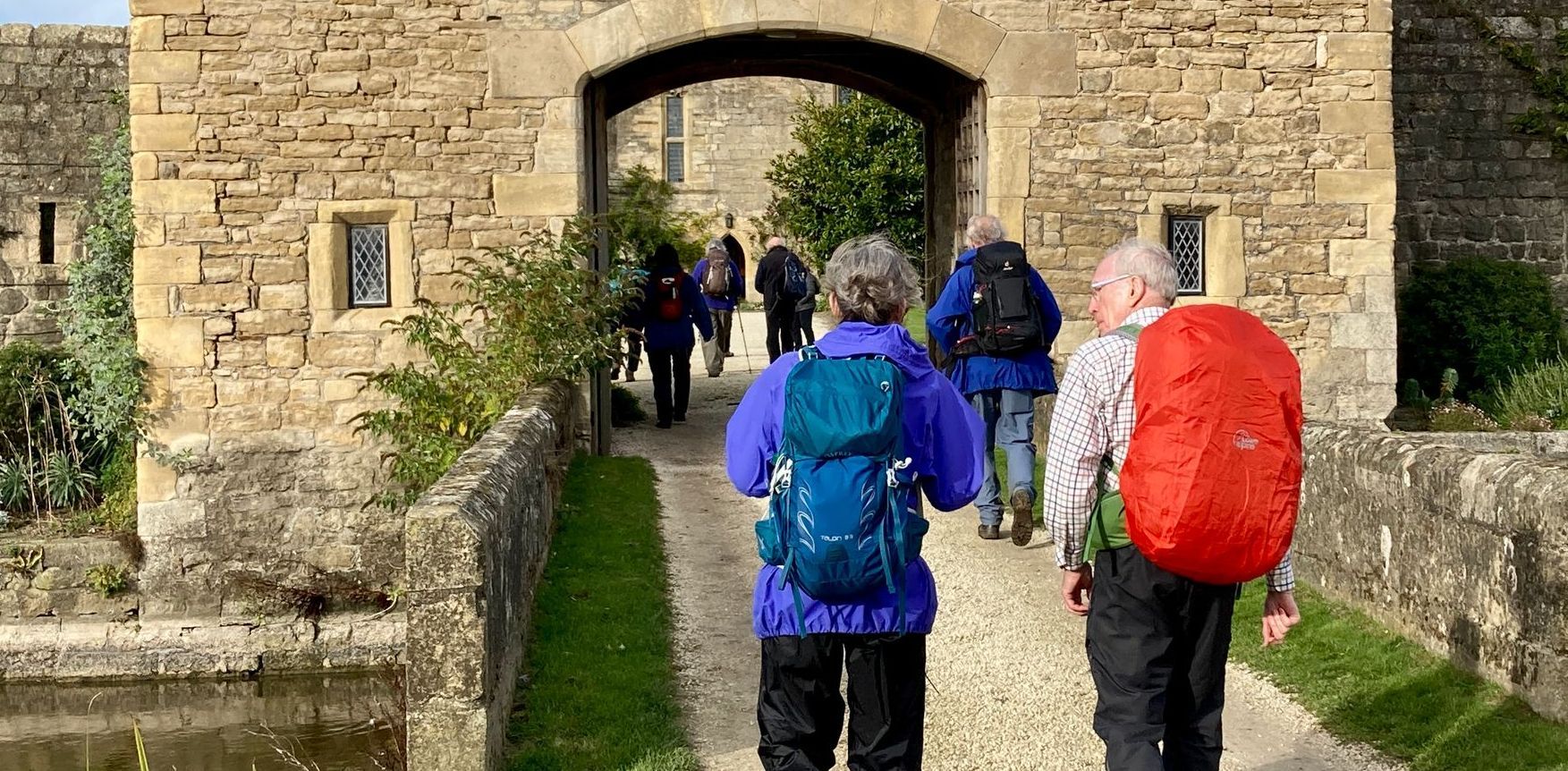'My strength tells me No, but the path demands Yes'
An American family of four sought pilgrimage in the Lake District during August 2024. They travelled 4745 miles by air, 492 miles by rail, 180 miles by foot and 2 miles by kayak in the footsteps of eight local saints while searching for Christ in Cumbria.
This was our third pilgrimage in the UK after walking from Winchester to Canterbury along the Pilgrims’ Way in 2022 and from St. Germans Cathedral to St. Michael’s Mount on the Cornish Celtic Way in 2023. We were attracted to Cumbria in 2024 after finding references to Martin Earle’s newly commissioned icon of the Cumbrian Saints which Fr. Philip Conner has planned for the Church of Our Lady Star of the Sea and St. Michael in Workington. The beauty of this altar icon and the truth of these saints’ lives inspired my daughter and me to spend nine months and many Zoom hours planning a Lakeland pilgrimage itinerary.
Arriving from several parts of the States, we gathered in late July at Paddington Station. Enroute to St. Bees, our family stopped at Workington in West Cumbria to meet Fr. Philip and Canon John Watson. After Saturday Vigil Mass, we dined with our welcoming priests and received a wonderful pilgrimage blessing beneath the statue celebrating St. Bega’s arrival on the coast of Cumbria in 650 AD.
Over the course of the next two weeks, the four of us backpacked along St. Bega’s Way, St. Bega’s Way Back, St. Mary’s Way and the Cumbrian Cistercian Way. Our family traversed numerous fells and ghylls, crossed many becks and dived into multiple tarns. We climbed a total of 21,000 feet while walking 180 miles. We even kayaked to pray at the ruins of St. Herbert’s hermitage on his island in Derwentwater. Our outdoor specialty was wild swimming which sometimes received applause as we pursued group immersions in Ennerdale, Crummock Water, Scale Force Waterfall, Ritson Force, Angle Tarn and Colwith Force. This craving for cold water was reminiscent of baptism while mountain summits promised the protection of St. Michael, and the ospreys overhead suggested the guidance of the Holy Spirit. We revelled in the glory of God’s creation.
Our most authentic pilgrim effort was a five-mile passage from Sandgate to Ulverston across Morecambe Bay. This low tide event at sunset was the first time in 150 years that a pilgrimage group was delivered from one King’s Guide to the Sands to another in the middle of the River Leven. Our walk across the wet sand reminded us of the Israelites’ exit from the hardship of Egypt and their entrance into the promise of the Holy Land. In a similar way, the route of a pilgrimage may be physically difficult, but it guides one to great mental refreshment and spiritual renewal. These benefits may be somewhat of a challenge to appreciate when you are walking seventeen miles daily over multiple peaks while carrying a twenty-five-pound pack. Nevertheless, despite its hardships, pilgrimage is, truthfully, a very beautiful and rewarding experience.

While the physical sites on the Way served as the body of our pilgrimage, they were not complete without the Catholic practices and celebrations which formed the heart of our journey. Our family had prepared for this endeavour by studying the lives and the prayers of the early medieval, English Reformation, and modern saints of Cumbria. We prayed the 13th century Hymn to St. Bega at St. Bees Priory and at her chapel on the shore of Bassenthwaite Lake. We learned St. Ninian’s Prayer of Encirclement ‘...Circle me Lord, Keep hope within, Keep doubt without…’ and asked for his guidance in professing the faith. We recited the bird/tree/bell/fish poem of St. Kentigern and reflected on its meaning. We asked St. Oswald the King for strength and sought the gift of fortitude from the martyr, Blessed Christopher Robinson. The friendship of St. Cuthbert and St. Herbert of Derwentwater encouraged our own love for one another, while Servant of God John Bradburne’s life inspired service to others. We often walked while deep in prayer following the advice of the Apostle Paul to ‘Rejoice always, pray without ceasing, give thanks in all circumstances; for this is the will of God in Christ Jesus for you.’ At each church we knelt at the altar while praying together the Litany of Divine Mercy. At holy wells, we invoked St. Bridget’s Prayer of Protection, ‘…God, an isle art thou in the sea, A hill art thou on the land, And a well art thou in the wilderness…’ We prayed the 12th Station of the Cross at every Celtic, Saxon and Viking Cross that we encountered followed by a kiss upon the cold stone.
Each day, my daughter and I sang Who Would True Valour See from The Pilgrim’s Progress. She and her husband delivered a beautiful Latin rendition of the Anima Christi hymn in the warmth of the Workington Rectory and among the ruins of Furness Abbey.
These rituals and liturgies promoted the primacy of God in our lives. We had many occasions of living in that thin place between this world and the next. We came to see our intentional journey as an antidote to acedia, a challenge to our bones and a balm for our souls. Eventually, the physical stress of our itinerary drained our bodies just as heavenly grace was filling our souls. We then understood the Lord’s message to St. Paul in 2 Corinthians 12:9-11. “My grace is sufficient for you, for my power is made perfect in weakness.” Likewise, our physical exhaustion stimulated mental reflection; reflection encouraged meditation; meditation engendered contemplation; and contemplation altered our understanding of reality. Rather than meeting our Creator at Moriah, Bethel or Sinai, we reached for God in the chancel of ancient rural churches and found Him in the grandeur of Lakeland fells.
The Cumbrian Saints Pilgrimage promoted new spiritual insights. We came to understand Tolkien’s Riddle of Strider in a new way which emphasized the glory of God’s creation and communion with the Kingdom of God:
All that is gold does not glitter, Not all those who wander are lost;
It became clear to us that our ancient faith has been deeply lived by the Cumbrian Saints and their foundation can still be found:
The old that is strong does not wither, Deep roots are not reached by the frost.
And, the Christian heart of Britain remains resilient and ready for restoration:
From the ashes a fire shall be woken, A light from the shadows shall spring;
Renewed shall be blade that was broken, The crownless again shall be king.
This sojourn in Northwest England was a powerful spiritual pinnacle for one American family. We hope that our story will be helpful to others who may consider a journey of the soul in the very saint-filled and Christ-oriented Cumbrian land of mountains and lakes.
Frans A. Vossenberg
St. Mary of the Immaculate Conception Parish
Diocese of Arlington, Virginia, USA
All photos copyright Frans A. Vossenberg and family
